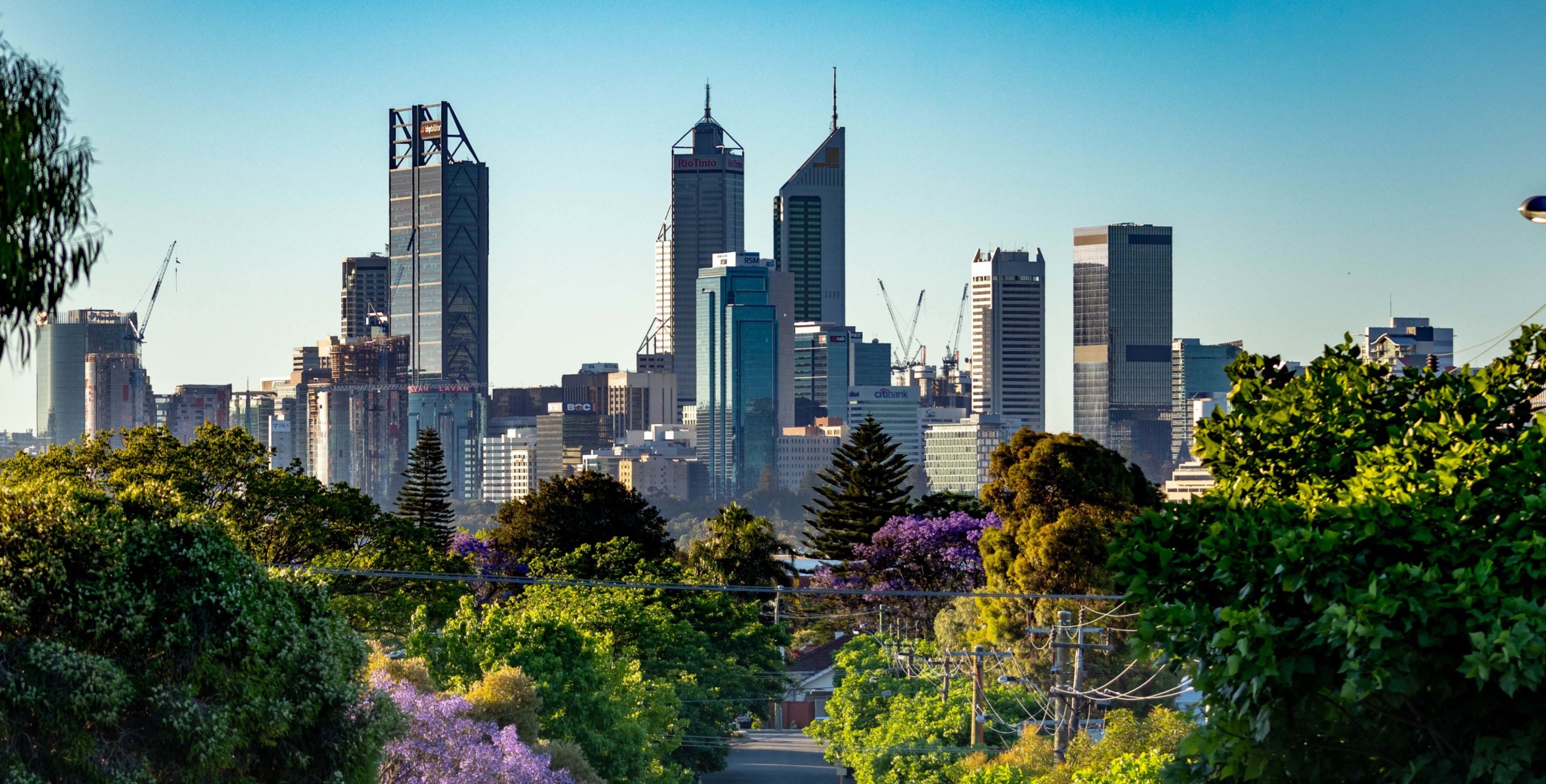Our Vision
On August 9, 2021, Perth NRM approved a new Vision for the organisation, after months of whole-of-organisation consultation. This is our Vision, our Purpose and our Values.
On August 9, 2021, Perth NRM approved a new Vision for the organisation, after months of whole-of-organisation consultation. This is our Vision, our Purpose and our Values.

We live in thriving natural ecosystems, with sustainable food production.
Empowering people to positive ecological impact
We are Inclusive
We listen to many voices and give power to others in our community.
We see our Place
We consider things in a broader landscape, connect to country, and see regional priorities.
We voice our Truth
We are an honest broker – independent and unbiased – that acts with integrity and fairness.
We develop Relationships
We connect to community respectfully and hold diversity as important to our work.
You can support Perth NRM in our efforts to create a more sustainable Perth with a tax-deductible gift.
Check out the latest in our news and project updates.